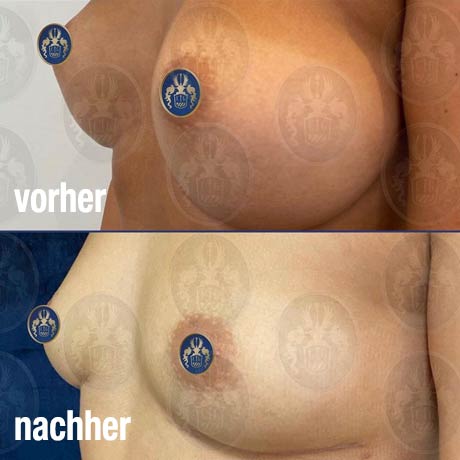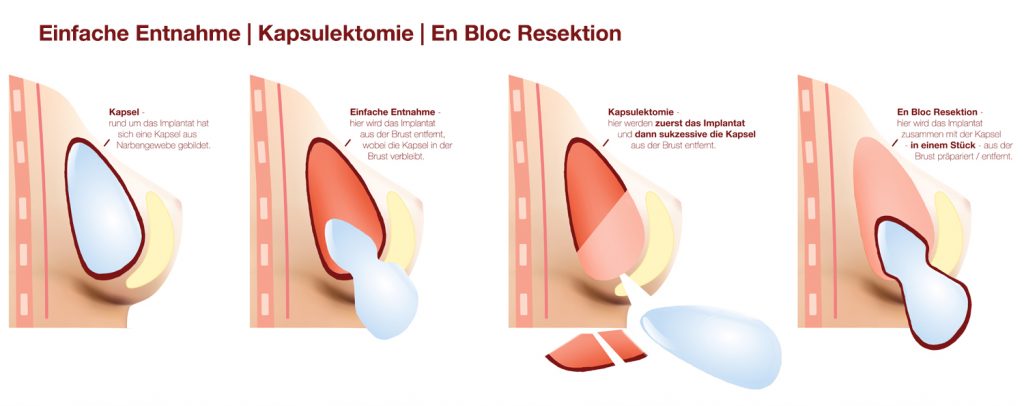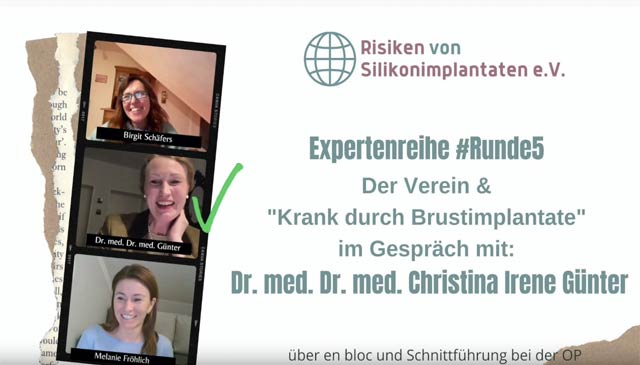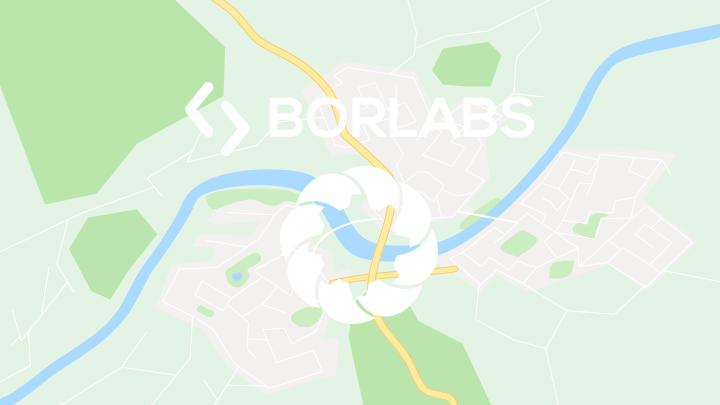REMOVAL OF BREAST IMPLANTS
REMOVAL OF YOUR BREAST IMPLANTS
Undesirable side effects of silicone breast implant
Even though silicone breast implants have been used for more than 50 years, and millions of women worldwide have breast implants, scientific research and regulatory studies show that there are specific risks and considerations you should be aware of. Breast implants are foreign bodies that, like any other foreign body, may cause health problems.
In any event, you should discuss these risks with me, or your attending plastic surgeon, before any breast augmentation.
The website of the U.S. Food and Drug Administration (FDA) is an excellent, reputable, and recommendable source of information on this subject:
FDA … (https://www.fda.gov/medical-devices/breast-implants/risks-and-complications-breast-implants).
Download Info: Breast Implants – Certain Labeling Recommendations to Improve Patient Communication – Guidance for Industry and Food and Drug Administration Staff (fda.gov)

IT COULD LOOK LIKE THIS:
The photos are of my dear patient, whose 380cc implants were removed using the en-bloc resection technique.
The patient suffered from severe breast pain, extremely strong shoulder and back pain, as well as other symptoms such as constant dizziness and skin irritation.
The “after” photo was taken three months post-operation, and the patient is now completely free of symptoms! This has also been confirmed by her physiotherapist: no more shoulder or neck tension. The scar is hidden in the breast fold and is already barely visible.
Some of the risks may not be harmful to health, but aesthetically disturbing:
- e.g.: Rippling = the implant creates folds or wrinkles
Others may cause health impairments that may lead to a follow-up surgery to remove or replace the implants:
Operation (zur Entfernung/zum Austausch) der Implantate führen können. - e.g.: Ruptures = Tearing of the outer shell of the implant within the body
(Cohesive silicone gels may not leak but may lead to chronic inflammatory reactions; removing the implants is, therefore, advisable; I also recommend removing the capsule, as far as possible). - z. B. Kapselfibrose = verhärtete innere Narbe um das Implantat herum
e.g.: Capsular fibrosis = Tightening of the inner scar tissue around the implant - z. B. Breast Implantat Illness (BII) = Brustimplantatkrankheit
(In itself, capsular fibrosis is not harmful. However, depending on the stage [Baker I to IV], it may lead to pain and visible deformations of the breast; removing the implants is, therefore, advisable; I also recommend removing the capsule, as far as possible). - z. B. Breast Implant Illness (BII)
(At the moment, we do not yet know, how or why BII develops. BII is a diagnosis by exclusion. It includes various non-specific complaints, such as memory impairment, chronic fatigue, rheumatic diseases, arthritis, soft tissue rheumatism, chronic pain, sleep disturbances, headaches, skin rash, hair loss, etc. Removing the implants is, therefore, advisable, I also recommend removing the capsule, as far as possible.
Extremely rare, but very severe complications may necessitate mandatory removal of the implants:
Breast implants, as well as other implants (e.g., dental implants, pacemakers, etc.), may cause a malignant lymphoma, the so-called “Anaplastic Large Cell Lymphoma” (BIA-ALCL), a malignant non-Hodgkin tumor.
If a BIA-ALCL is suspected, the implants must be removed together with the tumor.
You will find further information under the following link:
https://www.dgpraec.de/patienten/sonderthemen/alcl
And on the FDA website
https://www.fda.gov/medical-devices/breast-implants/risks-and-complications-breast-implants
In most cases, a complete recovery is possible after the removal of the implants.
You are welcome to confidently contact me if you feel anxious or if you suspect that you are experiencing any of the adverse implant side effects mentioned above.
Die En Bloc Resektion
Removing breast implants can be a very delicate surgical procedure and should always be performed by an experienced breast surgeon who is familiar with the various techniques involved.
The term “en bloc resection“ has its origins in cancer surgery and describes a surgical technique where diseased tissue is removed in one block together with surrounding healthy tissue.
Transferred to the removal of breast implants, it describes the surgical technique, where the implant is removed together with the surrounding capsule in one piece, without damaging the capsule (i.e.: without a hole).
This technique is mastered only by experienced breast surgeons and is very demanding, surgically speaking. It cannot be denied, however, that even the best and most experienced breast surgeons may not be able to perform “en bloc resections” in all cases.


SCHEDULE A CONSULTATION NOW »
Change begins with the first step—and that is often a conversation. If you are considering treatment or would like more clarity: I would be happy to advise you!
Tel: ++49 89 37022860
info@christinaguenter.com
Here, too, the implant and the capsule are removed.
Here, too, the implant and the capsule are removed.
However, the capsule may be damaged (holes), or the implant and capsule are removed separately in one operation.
At the current state of science, an “en bloc resection“ is medically indicated only in the case of a malignant disease, e.g., BIA-ALCL.
In the case of an implant rupture and a BII, an "en bloc resection" is desirable; according to the latest scientific findings, the prospect of recovery is the same for a complete capsulectomy and an en bloc resection.
Some experts believe that leaving the capsule or parts of the capsule in the body to avoid surgical complications and additional volume loss.
However, I do not share this opinion.
If necessary, it is possible to remove a capsule that has been left in place after the implant has already been removed in a second operation.
A capsulectomy or “en bloc resection“ is generally associated with a larger resulting scar than implantation.
“En bloc resection“ or capsulectomy may be combined with a breast lift or augmentation with autologous fat, either at the same time or in consecutive operations.
Which surgical technique is suitable for your personal requirements can only be clarified in an individual consultation.
The most important facts about breast surgery / breast implants removal
- DURATION OF SURGERY:: 1 to 6 h
- ANESTHESIA: General anesthesia
- HOSPITAL STAY2 nights
- COSTS:will be determined individually after the preliminary consultation, depending on the work involved
- FOLLOW-UP TREATMENT: 6 weeks
- REMOVAL OF SUTURES: not applicable or 2 weeks
- SOCIAL ACTIVITIESafter 1 to 2 weeks
- PHYSICAL EXERCISE:: after 6 to 12 weeks

Risks
As with any surgical procedure, an “en bloc resection“ / capsulectomy may lead to bruising (hematoma), secondary bleeding, swelling, wound healing disorders, infections, and wound dehiscence. Temporary numbness of the treated area may also occur.
If you decide on an ”en bloc resection“ / capsulectomy, it is essential that you are cared for professionally and individually during the entire process.
I attach great importance to perceiving, advising, and treating you as an individual, with all the facets of your personality. My many years of experience, expertise, empathy, and communication are central pillars of my therapeutic success.
Intensive and personal post-treatment care is as much a focus of my work as the preparation and the treatment itself. After all, a perfect result can only be achieved by working together as a team.
It goes without saying that your health is always given priority. Surgery that negatively affects your health or physical integrity is not recommended and should not be performed in the first place.
Mehr Informationen finden Sie in diesem You Tube Video:
https://www.youtube.com/watch?v=IwdkqRxvux0
Übersicht der BehandlungsLEISTUNGEN »
Here you will find an overview of my main areas of treatment—from aesthetic surgery to gentle corrections. Each treatment is individual, personalized, and carried out with medical care. To the service overview »

















